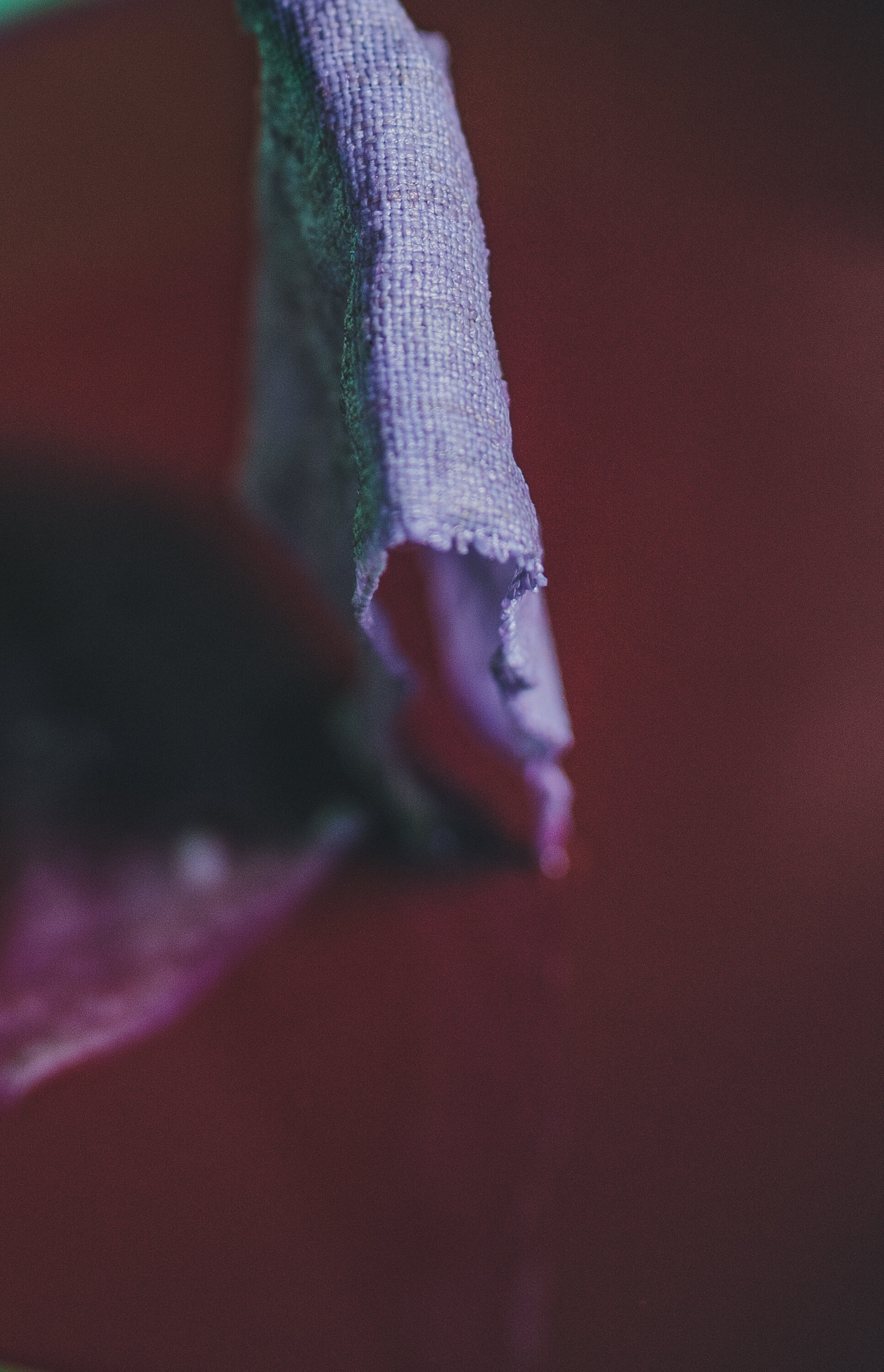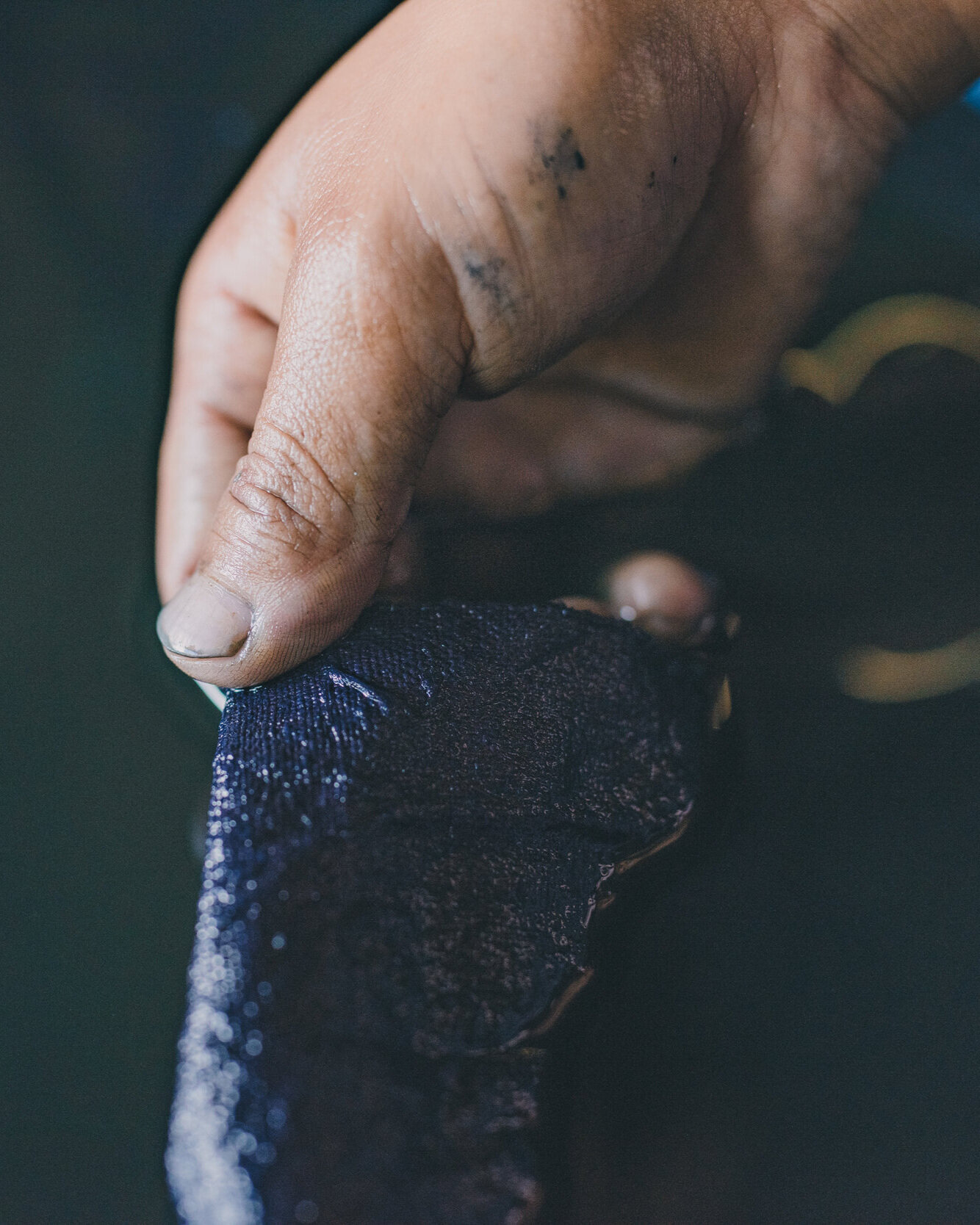Natural Dyes In Fabrics





From the glorious ochre of turmeric spice to the warm taupes derived from a walnut tree.
WHILE WE USE COLOURS IN FASHION TO EXPRESS INDIVIDUALITY, WE FORGET TO ASK WHAT ARE THE FABRICS THAT ARE USED AND WHERE DO DYES COME FROM.
"I am fascinated with the rich indigo blues which I’ve come to know so well from my trips to Sa Pa and through my interactions with the local tribal women who showed me how fabrics are dyed indigo blue naturally. The dye is so intense, it stained one’s hands and tint the skin.”
There is a great divide between natural and chemical dyes, and a huge difference between natural and synthetic fibres. In our walk towards sustainability, we discover a new frontier where designers go back to nature, using the pureness of plants to imbue health benefits in fabrics.
From the glorious ochre of turmeric spice to the warm taupes derived from a walnut tree, the universe of plant-based dyes is slowing opening up, as ancient medicinal knowledge is combined with artistic fashion pursuits.
When we think of being mindful, the mental wellness aspect is obvious. However being mindful is a concept that should perpetuate our lives, from the food we eat, to the things we use, all the way to the choices we make when it comes to the clothing we wear. Being mindful can lead to better health. When we eat seasonally and opt for organic food, we enjoy better flavours and our bodies will thank us for it years down the road. When we use lead-free sustainably-made crockery instead of mass-produced ones glazed with toxic chemicals, we are supporting companies who want to make a positive difference. When we choose clothing made of natural fibres instead of synthetic textiles, we are actually helping the environment, and ourselves.
Why should we choose natural fibres in our clothing even though they tend to cost more? Synthetic materials like polyester and acrylic are cheap to produce but unfortunately they take hundreds of years to break down and some are not even bio-degradable at all. While the blouse might be a great bargain at the high street store with a big name, the microfibres that get washed and released during laundering will enter main bodies of water like rivers and oceans. Marine animals consume these fibres and we end up consuming the fish and seafood from the polluted water. This becomes a never-ending cycle that is detrimental not only to our surroundings but to our health too.
Unlike wool and cotton, synthetic fibres are not “breathable”. This is why the clothes made from synthetics smell bad after being worn. This is also why you do not feel cool wearing synthetics in summer, nor warm when donning these fabrics in the cold.
Petroleum is a main component necessary in creating synthetics like polyester and nylon. The production of these materials results in a significant amount of greenhouse gases and to a degree, adds to air and water pollution. Not to forget, petroleum is derived from fossil fuel, which is non-renewable.
The chemical dyes used often get retained in the fabrics during manufacturing and when you wear clothing that is made this way, you are exposing your skin, which is the biggest organ in the human body, to these toxic chemicals. This is one of the reasons why people sometimes get skin allergies, headaches, nausea and other symptoms which leave us baffled and concerned. We might suspect we are unwell, but we do not consider the cause to come from what we wear.
While we might be inspecting the fabrics used in our clothing, many of us overlook the dyes and chemicals used to colour them. Did you know that colouring fabric uses up much resources, like water, while releasing more than 70 different toxic chemicals into our environment, including carcinogens that increase the risk of cancers? It is not enough to simply go for clothing made from natural fibres. We should strive to seek out clothing that is dyed naturally, using non-harmful ingredients like plants.
In fact many independent labels have started choosing the path of conscious fashion. Clothing designers are using Ayurvedic recipes from ancient practices to dye their fabrics, turning to plants to extract colours as well as beneficial medicinal qualities that will improve the health of the wearers.
The Sanskrit word of “Ayur” refers to life and “Veda” means science. The idea of Ayurveda, essentially the science of life, is a concept of wellness, a collection of ancestral knowledge that has been passed down for generations. Ayurvastra is derived from this philosophy. It is the art of weaving fabrics with herbs and spices, using powerful aromatics like turmeric, cinnamon and cloves, indigenous Indian shrubs like kurunthotti, as well as common plants such as neelayamari, which is also known as true indigo, the source of natural indigo blue dye.
How enchanting and soothing is the thought of wearing a top that is dyed with flowers, or a kaftan imbued with herbal essence that is not only fragrant, but will give a boost to our immunity?
There is a wealth of knowledge and medicinal benefits to be leveraged from plants. For instance, turmeric is a fascinating dyeing agent, presenting alluring hues of gold, orange and yellow in fabrics. The active compound of curcumin found in turmeric has potent antimicrobial, anti-inflammatory and antioxidant properties that help in alleviating symptoms of depression and arthritis. The same goes for cloves and cinnamon, which also possess antibacterial and anti-inflammatory health benefits.
Spices aside, ayur-dyed fabrics can also be coloured from dyes extracted from flowers. From the humble camomile to the ubiquitous marigold and safflower, floral dyes are very accessible and rich in healing properties, ranging from anti-cancer to the promotion of tissue oxygenation.
Tree barks also make for remarkable sources of natural dyes, so do fruits and even peels and skins, like pomegranate rinds and red onion skins, which are actually kitchen waste. As you can see, the act of going back to nature and purposefully returning to basic is both inspiring and refreshing, not to mention being environmentally friendly and taking a big step towards sustainability.
Paying respect to ancient Ayurvedic practices that bring forth a sense of wellness is an appealing factor that will encourage consumers to give sustainable “healing fashion” a try. However a discerning note is to remember that ayur-dyed clothing is not the cure to diseases, nor the elixir to good health, but acts as a support for the wearer in his or her journey towards wellness. This is coupled with a good understanding of one’s condition and having some Ayurvedic knowledge.
At TextileSeekers, we are fans of natural dyeing and agree that traditional plant-based dyeing techniques need to be preserved, which is why we have included a segment in our Sa Pa Hill Tribes Tour for travellers to experience the beauty of natural dyeing. To know more about plant-based dyeing practices, check out our article on Indigo dyeing
